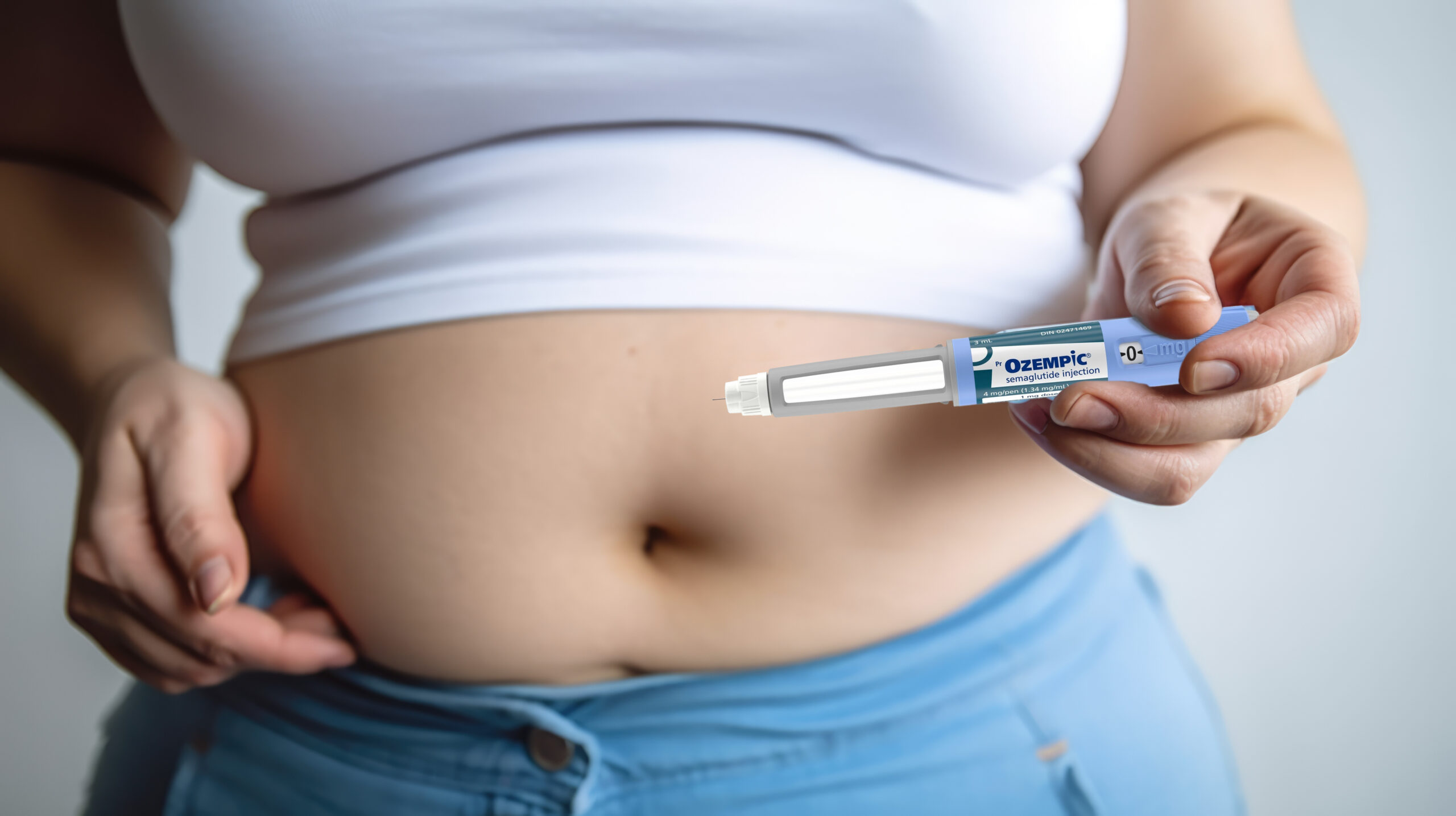Over the years, it has been speculated that a majority of individuals in the U.S. are not getting enough vitamin D. No doubt, you’re probably familiar with the role of vitamin D in promoting healthy bones, largely by promoting the absorption of calcium. But there is recent and mounting evidence that links levels of the vitamin to bone, heart, respiratory, immune, breast and colon health. Vitamin D also regulates the renal gland which controls blood pressure. Vitamin D is unique in that it is made in the skin as a result of exposure to sunlight.
Few foods contain vitamin D besides milk and cereal fortified with the vitamin, eggs, liver, cod liver oil and fatty fish. While skin exposure to the sun provides as much as 80% to 90% of the body’s vitamin D, this exposure is limited on most individuals due to sunscreen application.
The elderly may be at risk for vitamin D deficiency due to lack of sun exposure. Dark skinned people may also be at risk as melanin blocks the precursor of the active form of vitamin D in the skin. Individuals that are obese are at higher risk for a deficiency because vitamin D is a fat soluble vitamin and may not be as bioavailable in high amounts of fat tissue. Thus, obese individuals are thought to need 2-3 times as much vitamin D as people with healthy body fat percentages.
Blood levels of vitamin D can be measured by checking 25 hydroxy-vitamin D (25(OH)D) levels and should be part of an annual physical examination for all individuals. Optimal levels should be above 30ng/ml. If levels are low, evidence shows that higher doses of vitamin D should be supplemented to first “refill the gas tank.” This is achieved by supplementing larger doses of vitamin D for 8 weeks and then tapering off to a normal daily level. This would need to be monitored by your doctor as too much vitamin D can be dangerous. Currently, serum 1,25(OH)D levels have no place in diagnosing the syndrome and will mislead the physician. It is also important to note that vitamin D levels could be low even if serum calcium levels are normal.
Many researchers believe the current recommended amount of vitamin D is set too low. For most individuals, 10-15 minutes of direct sun exposure on the arms and legs a few times a week provides sufficient vitamin D. However, it is now well documented that in the absence of any sun exposure 1,000 IU of vitamin D3 a day may be necessary to maintain healthy levels of vitamin D in the circulation. If supplementation is needed, cholecalciferol (active vitamin D3) is the most absorbed form of the vitamin.
The controversy and debate over vitamin D continues in a recent article in the New York Times. “For most people, taking extra calcium and vitamin D supplements is not indicated”, said Dr. Clifford Rosen, an expert from the Maine Medical Center Research Institute. Bottom line- take responsibility of your health and monitor serum vitamin D levels. If levels are low, talk with your doctor about supplementing.
Interested in reading more? Check out Research Confirms Optimum Vitamin D Blood Values






